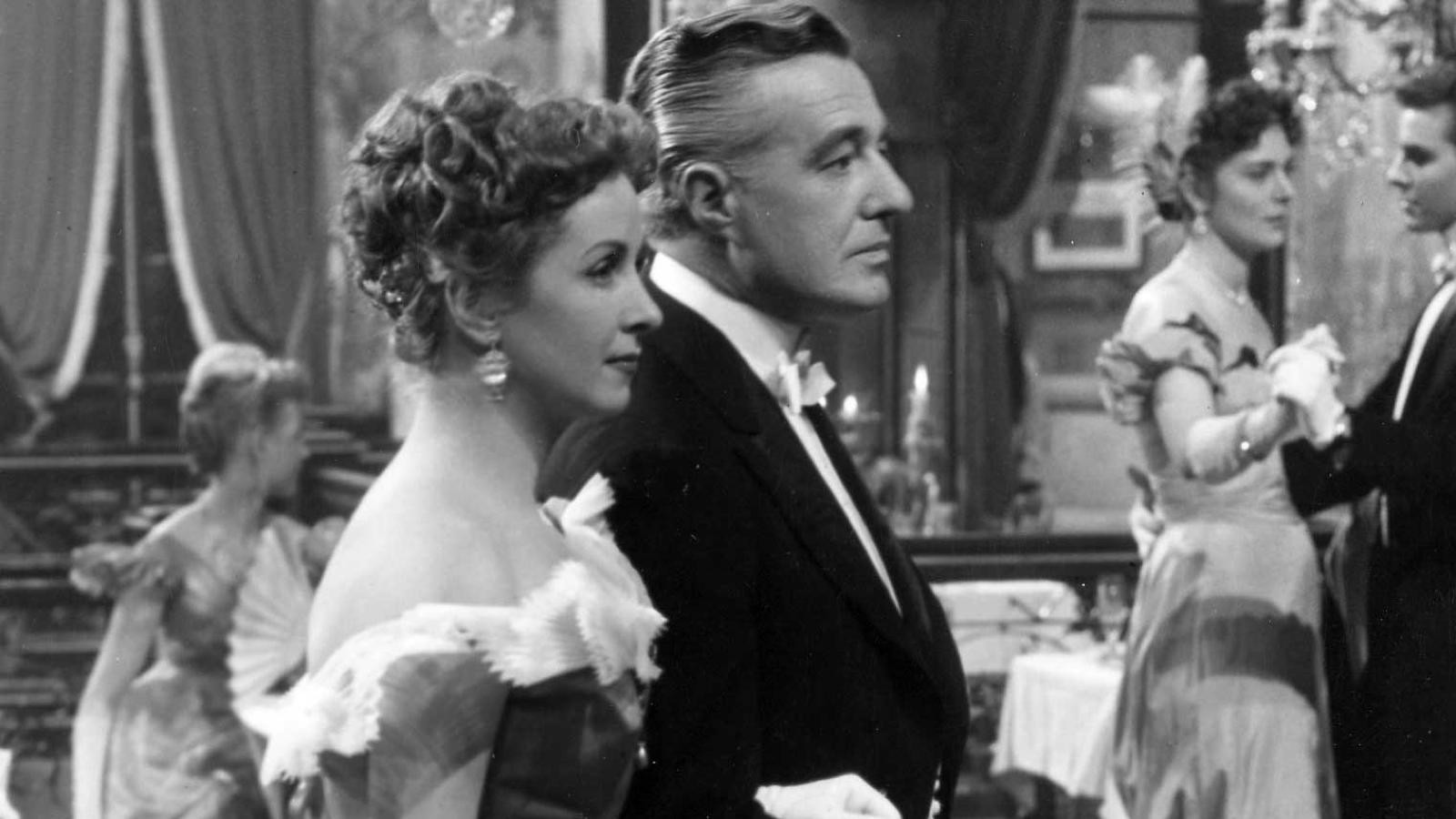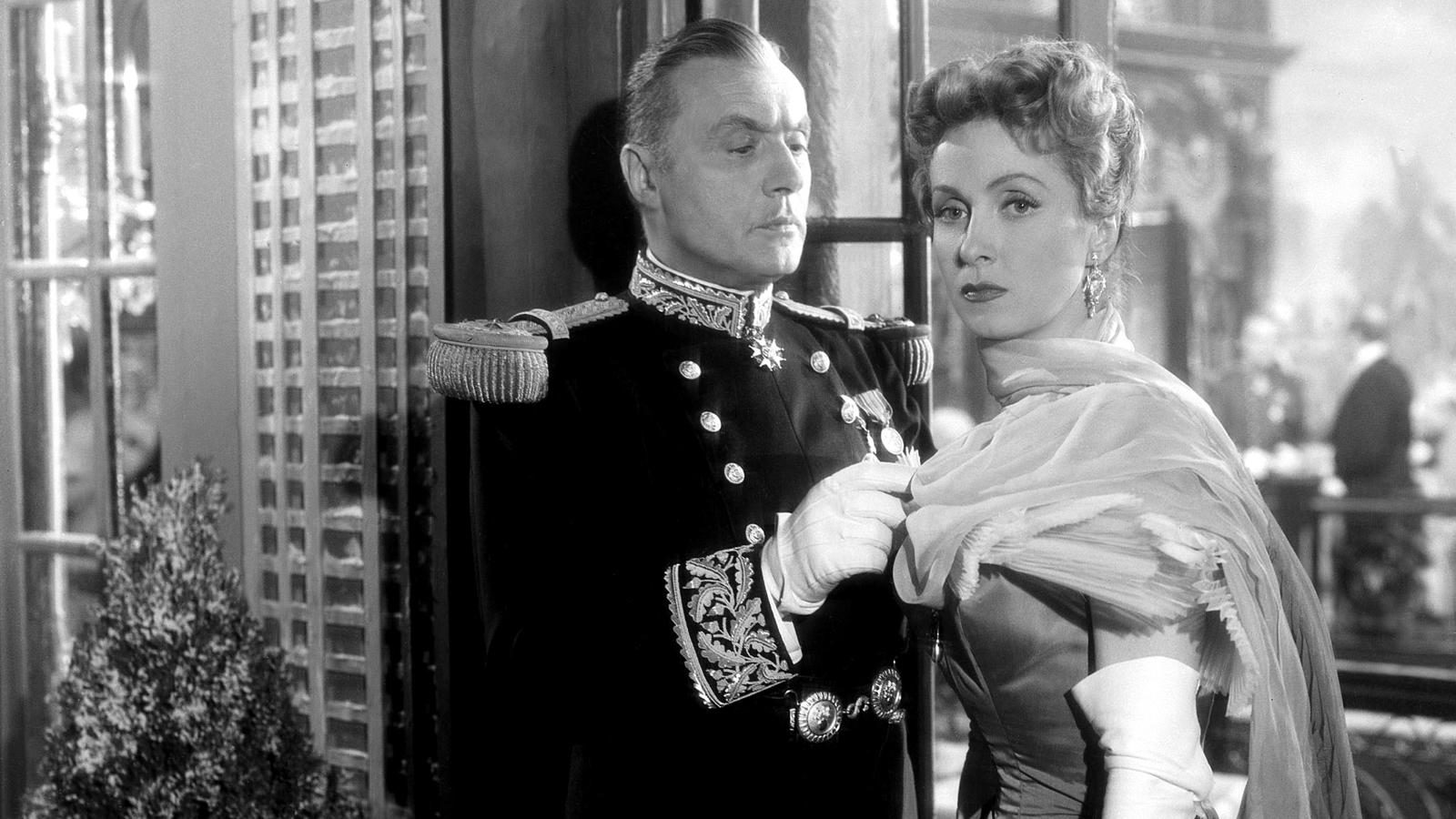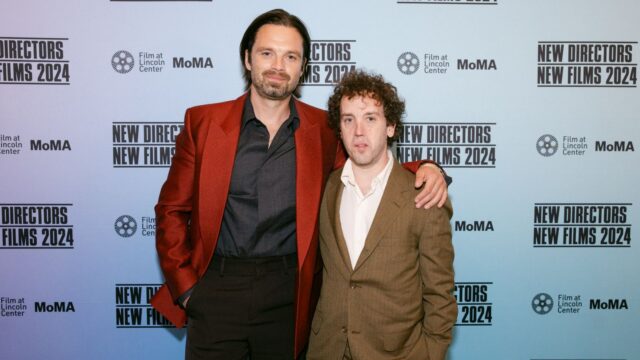Print Screen: Alexander Chee and The Earrings of Madame de…
To mark the recent release of his eagerly awaited second novel, The Queen of the Night (Houghton Mifflin Harcourt), an enthralling tale of a 19th-century Parisian opera star, Alexander Chee joins us for a screening of Max Ophüls’s glorious The Earrings of Madame de…, followed by a discussion and book signing.
Alexander Chee won a Whiting Award for his first novel, Edinburgh, and is a recipient of the NEA Fellowship in Fiction. His writing has appeared in The New York Times Book Review, Tin House, Slate, and NPR, among others, and he is a contributing editor at The New Republic.
The Earrings of Madame de… / Madame de…
Max Ophüls, France/Italy, 1953, 35mm, 105m
French with English subtitles
One of the most sumptuously opulent films from the master of sumptuous opulence, this piercing tale of love and loss sparkles with the finely polished brilliance of the titular jewels. In desperate need of money, the beautiful, impetuous, never-named Madame de… (Danielle Darrieux) sells a pair of diamond earrings given to her by her aristocrat husband (Charles Boyer). But that’s only the beginning, as the boomeranging baubles eventually find their way back to her, this time borne by a dashing Italian diplomat (Vittorio De Sica) with whom she strikes up a fateful love affair. Ophüls’s masterpiece makes striking use of his celebrated, unchained camera, which whirls dazzlingly through the ballrooms, opera houses, and bedrooms of La Belle Époque Paris.
“The Earrings of Madame de… by Max Ophüls is well known to us as a masterpiece of filmmaking: the elegant visual storytelling, the performances, the beauty of the black-and-white cinematography. And I look forward to discussing that. But I am interested also in the love triangle it describes. Said to be a cautionary tale about the vanity of the eponymous wife of the title, as played to perfection by Danielle Darrieux, to me it is also about the vanity of the men who love her—her husband, the general, played by Charles Boyer, and the baron she falls in love with, played by Vittorio De Sica. And the narrative structure of the story—the pair of earrings that move with their own magical life through to the end—has an excellent, fable-like simplicity, and became a model for the eventual structure of The Queen of the Night.” — Alexander Chee








